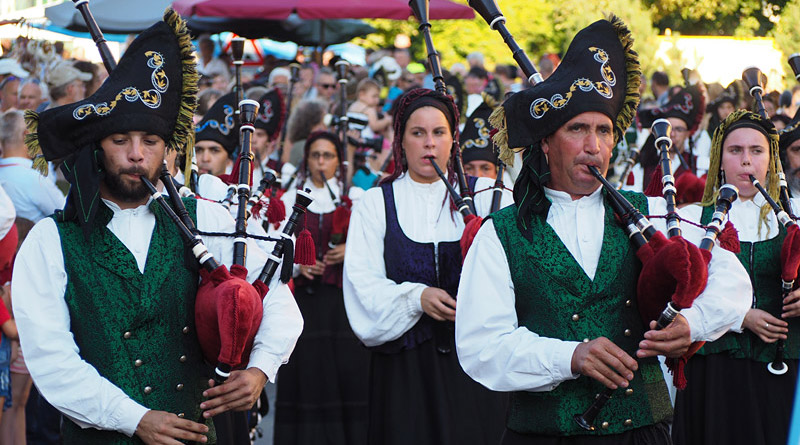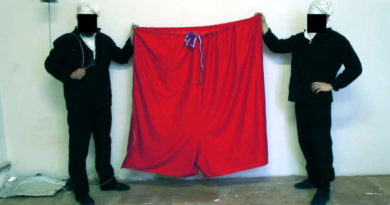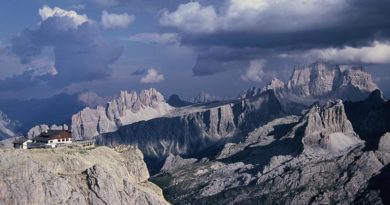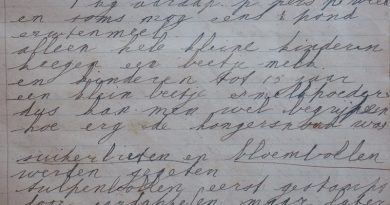Bagpipes in Bohemia: A festival full of surpises
One of the greatest musical experiences of my life took place in the least likely location.
I’d just ordered lunch — a steaming plate of goulash and dumplings — in a nondescript industrial town in what was then still Czechoslovakia.
It was in what the Czechs called a bufet, a workers’ canteen where customers eat their goulash or pigs’ trotters standing at stainless steel leaners in a blue fug of cheap cigarette smoke. In those days it wasn’t just acceptable to smoke in restaurants, it was almost compulsory.
My fellow diners were mostly workers in grease-stained overalls, their big calloused hands shovelling down lunch with flimsy aluminium forks.
No one was expecting a French pipe band but suddenly there they were, piling through the door with their sultry good looks, Gallic nonchalance and dashing uniforms.
The bufet wasn’t big but the other diners politely shifted along and made space at the leaners for the Frenchmen. Even so, there wasn’t enough space to bring their drums inside. They were carefully stacked up on the footpath instead.
Gesticulating in the way that only Latins can, the pipe major ordered a large Pilsener beer for each of his musicians.
And then they played.
A single set of bagpipes in a large open field can be loud. The sound produced by three bagpipes in a small confined space, where musicians and audience are squeezed together elbow to elbow, is enough to rupture eardrums.
Add to that six chanters — that’s the part of the bagpipes which produces the melody, a shrill, recorder-like instrument with a reed and fingerholes — and, if that wasn’t enough, six drummers.
Ah, I hear you say, the drums are safely stacked up outside. But it turns out you don’t need drums if you have drumsticks and steel bar leaners.
Imagine yourself in the front row at a death metal concert. Or accidentally forgetting to exit the lab before a jet engine test. Now amplify that.
The canteen windows rattled. Empty beer glasses shuffled off the shelves and shattered on the floor. Pots of goulash sloshed on the stove. Muscular cooks in starched aprons stared dumbfounded behind the counter. Half-smoked cigarettes tumbled from customers’ lips.
The Frenchmen blasted through a series of classic pipe tunes and then, as abruptly as they’d arrived, downed what was left of their beers and left to a flurry of bon jours and stunned applause.
That was my introduction to the International Bagpipe Festival.
Improbable as it seems, this event — which draws more than 1000 pipers from every corner of Europe — is held in Strakonice, a minor industrial town in the foothills of the Bohemian Forest in what is now the Czech Republic.
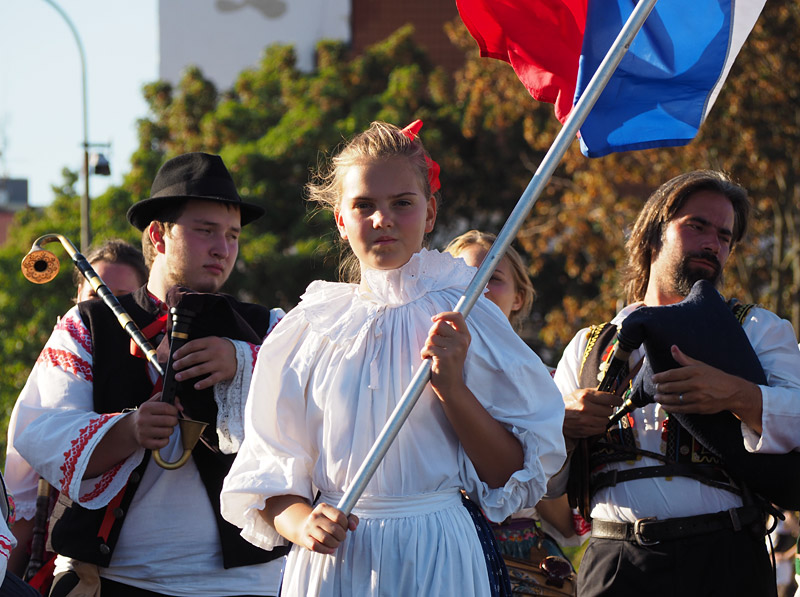
Check out the full photo gallery here: Bohemia’s bagpipe festival in pictures
The festival was first held in 1967, made possible by new freedoms ushered in by the so-called Prague Spring.
The Soviet invasion of Czechoslovakia put a stop to both political liberalisation and the 1968 festival, but the bagpipers made a careful reappearance in 1970 and every three years after that. These days the festival is held every second year in August.
After my memorable introduction to the festival I vowed to go back as often as I could. I’ve managed to keep that pledge four, possibly five, times. Every time I return I’m amazed by the variety and geographical spread of the bagpipes.
Pipers from Scotland, which I’d always thought of as the spiritual home of the bagpipes, make up only a small minority in Strakonice. They are heavily outnumbered by pipe bands from the Balkans and Central Europe playing what look like, and are, inflated goatskins. The Czech pipes are even decorated with polished goat horns and goat heads carved from wood, just in case you forget the instrument’s provenance.
And it’s not only the bagpipes’ appearance which keeps surprising me. While the drone and skirl of the Scottish pipes once struck terror into the hearts of English soldiers, some of the Eastern European pipe bands sound more like flocks of demented geese than instruments for rousing armies.
The festival is spread over a long weekend and takes place in the courtyard of Strakonice’s forbidding-looking mediaeval castle, an outdoor cinema, and a series of stages scattered around the town centre.
The biggest drawcards are two raucous, rambling parades of all 1000-odd pipers on the Friday and Sunday, and mass concerts every evening in the outdoor cinema.
Every year during the opening concert the MC lists the participating countries and tells the crowd, to gasps of amazement, that the greatest distance a band has ever travelled to take part in the festival was from Nový Zéland (New Zealand). And it’s true — in the year 2000 a combined bagpipe/kapa haka group led by ethnomusicology professor Roger Buckton of the University of Canterbury took the festival by storm. The Czechs are still talking about it.
In 2016, the last time I went, the festival programme listed 65 performances at seven venues. For me, however, the highlights are always the unplanned sights and sounds you stumble over as you wander around the town.
It might be the lone piper practising in a park, the pipe band playing a spontaneous tune in a pub, or the lovers playing a duet late at night under the castle ramparts. One year I followed a group of young Czechs playing bagpipe standards while running circuits around the town centre. How they didn’t run out of breath I’ll never know.
But nothing can beat that deafening, exhilarating performance in a smoky canteen many years ago. And that’s what keeps bringing me back.
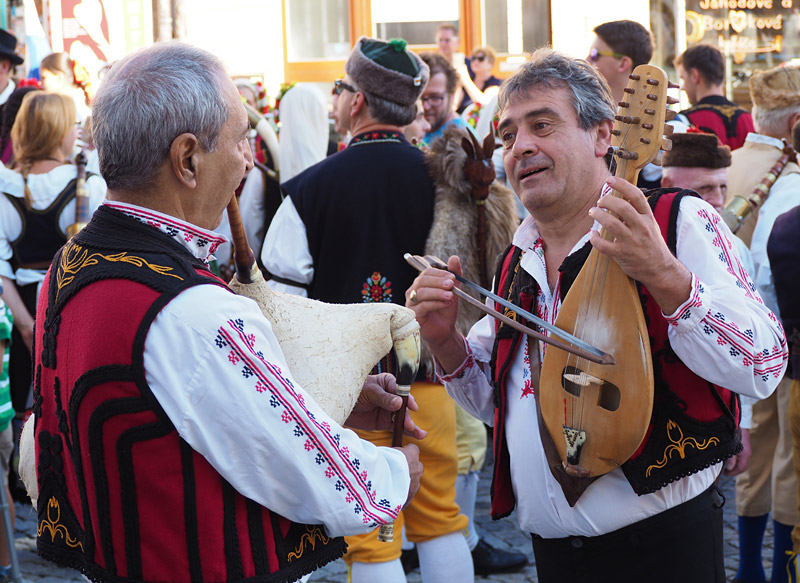
Practicalities
The next International Bagpipe Festival, or Mezinárodní dudácký festival in Czech, will take place on August 25-28, 2022. The 2020 festival was cancelled due to Covid-19. Go to en.dudackyfestival.cz for more information.
Some years you need to buy a ticket for each concert or a festival pass valid for all four days; last time I went, however, every event was free. That meant big crowds at some venues but I always got in, eventually.
The town
Strakonice is a surprising place for a number of reasons, not just bagpipes.
In the 19th century a Strakonice-based company called Fezco was the world’s biggest producer of fezzes, the red felt hats worn by millions of Turks until they were outlawed in 1925 by modernising Turkish president Mustafa Kemal Atatürk. He saw the fez as a symbol of the old Ottoman Empire so his Hat Law of 1925 forced Turks to wear western-style headgear instead.
The semi-ruined Fezco factory still occupies a few blocks near the town centre. You can see some photos of the ruins in this New Zealander’s blog dedicated, believe it or not, to the beret.
Strakonice’s factories still turn out headwear but these days they mostly export knitted woollen beanies to West Africa.
The town is also known to motorcycle buffs because it produced ČZ and Jawa bikes in the era before cheap Japanese motorcycles.
Its industrial past means Strakonice isn’t the most immediately appealing town. If you’re not in town for the bagpipe festival, the only tourist attraction worthy of note is its 13th century castle where you can check out the Museum of the Central Otava Region and climb the tower.
Strakonice is located in the foothills of the Bohemian Forest (Šumava in Czech), a range of mountains — they’d be called hills in New Zealand — along the German border. There are dozens of walks in the area with colour-coded markers starting at the railway station.
Getting there
The Czech Republic has a well-developed rail network which makes getting around easy and inexpensive.
Regular trains connect Strakonice with Prague (the fastest route, just under three hours, involves changing trains in Pilsen, spelt Plzeň in Czech). From the regional capital of Plzeň trains depart every two hours; from České Budějovice trains leave almost hourly. Both take about an hour.
Whatever you do, make sure you catch a rychlík (express) and not an osobní train which stops at every hamlet along the way. You can check the times at the English version of the Czech Railways website.
From Strakonice railway station it’s a short stroll north to the town centre.
Where to stay
Good luck finding a place to stay in Strakonice during the bagpipe festival. You could try looking for an Airbnb but a better option might be to stay in České Budějovice, the capital of neighbouring South Bohemia province, and take a train each day.
Or, if you enjoy camping, bring a tent and stay at Kemp (camp) Podskalí, a 15-minute walk along the Otava River from the town centre.
To get to the campground, make sure you’re on the north side of the river — not the side where the castle is — and head upstream on a path through the forest until you reach a footbridge, then cross the river and you’re there.
When I stayed at Podskalí in 2016 it cost just 65 Crowns (NZ$4) a night. From my tent I fell asleep and woke up every day to the sound of bagpipes drifting up the river. It’s the Czech Republic so naturally the campground has a bar with good klobasa (grilled sausages) and even better pivo (beer).

